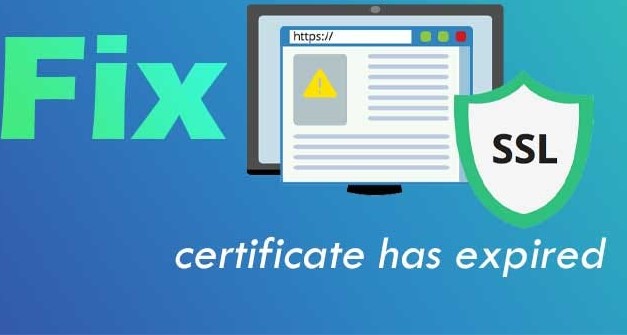Step-by-Step Guide to Kubernetes Certificate Renewal
 Nikita Shinde
Nikita ShindeTable of contents

Let's walk through how to renew Kubernetes component certificates.
Step 1: Backing Up Important Files
Before you do anything, taking backups is always a good idea, especially when dealing with something as crucial as certificates.
# Backup your Kubernetes configuration
cp -r /etc/kubernetes/ /tmp/k8s-certs-2023/
cp -r /root/.kube/config /root/.kube/config_2023
Step 2: Check Certificate Expiration
Now, let’s check which certificates have expired:
kubeadm certs check-expiration
If you find any expired certificates, proceed with renewing them.
Step 3: Renew the Kubernetes Certificates
You can renew all of them in one go with:
kubeadm certs renew all
Once renewed, copy the admin.conf back to the .kube directory:
# Update kube config with the renewed certificates
cp /etc/kubernetes/admin.conf /root/.kube/config
Don’t forget about the Kubelet certificate:
# Regenerate kubelet certificate
rm /etc/kubernetes/kubelet.conf
kubeadm init phase kubeconfig kubelet
Restart the Kubelet service to apply the new certificates:
# Restart kubelet to apply changes
systemctl restart kubelet
systemctl status kubelet
journalctl -u kubelet -r -l | more # Check logs if needed
You may also need to delete the existing pods in the kube-system namespace so they pick up the new configurations:
kubectl delete pod -n kube-system --all
Step 4: ETCD Certificate Renewal
What about ETCD? If you're running ETCD separately for production workloads, you'll also need to renew its certificates.
First, check the expiration of the ETCD client certificate:
# Check ETCD certificate expiry openssl x509 -enddate -noout -in /etc/kubernetes/pki/apiserver-etcd-client.crtNext, copy the
apiserver-etcd-client.keyandapiserver-etcd-client.crtfrom one of the ETCD nodes to the Master’s/etc/kubernetesdirectory. If you’re unsure, check the mount path in/etc/kubernetes/manifests/kube-apiserver.yaml.Renew the certificates for the API server and related components:
kubeadm certs renew admin.conf kubeadm certs renew apiserver kubeadm certs renew apiserver-kubelet-client kubeadm certs renew controller-manager.conf kubeadm certs renew front-proxy-client kubeadm certs renew scheduler.confFinally, restart the Kubelet service once more:
systemctl restart kubelet
Step 5: Check the Health of the ETCD Cluster
Once the certificates have been renewed, verify the health of your ETCD cluster using etcdctl:
# Check ETCD health
ETCDCTL_API=3 etcdctl --endpoints=https://IP:PORT \
--cert=/etc/kubernetes/pki/etcd/peer.crt \
--key=/etc/kubernetes/pki/etcd/peer.key \
--cacert=/etc/kubernetes/pki/etcd/ca.crt \
endpoint health --cluster -w table
If you're using containerized ETCD, here's the workaround to check health:
# For containerized ETCD, run this command to check health
ctr run --rm -t --net-host --mount type=bind,src=/etc/kubernetes/pki/etcd,dst=/etc/kubernetes/pki/etcd,options=rbind:rw registry.k8s.io/etcd:3.5.6-0 test1 etcdctl \
--cert /etc/kubernetes/pki/etcd/peer.crt --key /etc/kubernetes/pki/etcd/peer.key \
--cacert /etc/kubernetes/pki/etcd/ca.crt --endpoints https://IP:Port \
endpoint health --cluster -w table
And that's how you renew your ETCD and Kubernetes certificates! Hopefully, this guide saves your next chill Friday. Happy clustering!
See you in the next blog post :)
Subscribe to my newsletter
Read articles from Nikita Shinde directly inside your inbox. Subscribe to the newsletter, and don't miss out.
Written by
